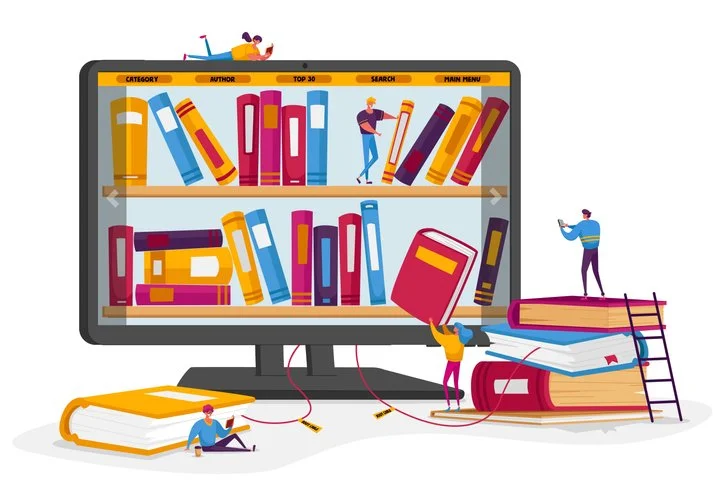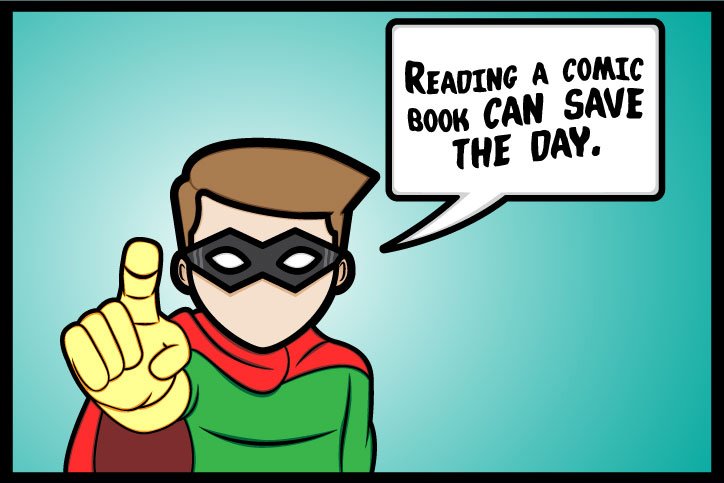“Monitoring student needs with a mobile app like WhatsApp promotes a greater sense of belonging to the institution and its studies.”
We have been using mobile phones for over two years in the Tutoring and Integral Wellbeing class to provide timely feedback to and mentor Tec High School students. Four tutors coordinate approximately 120 students each using WhatsApp. This application is useful for keeping in touch with our students and their parents. With WhatsApp, the classroom becomes a boundless virtual space. It helps us provide our students with improved feedback and support them in achieving success in their academic and integral education.
Similar instant messaging solutions have been implemented in US universities to address issues such as summer melt. This phenomenon refers to a process in which students who have completed high school start to fulfill a series of activities and requirements before going to university. A large percentage of them ultimately decide not to enroll. Messaging can also be used to increase enrollment and improve student retention (Schwartz, 2019).
“The fact that students feel a constant “presence” through the cell phone, although asynchronously, strengthens the relationship between students and educational institutions.”
In our case, the main complaint from parents and some students was that we were not “available” in our offices or didn’t answer the phone during office hours. The reality is that educators spend a lot of time going from one classroom to another and teaching. During a typical day, tutors move nonstop around the campus, dealing with school activities or specific situations related to individual students. Carrying a laptop around everywhere isn’t practical, but, in general, teachers have a personal cell phone on them for most of the day.
To equip each tutor with an institutional line, we participated in the Tecnológico de Monterrey NOVUS Call. Thanks to this initiative, we obtained the resources we needed to acquire the equipment. With this project, we aim to have a classroom “in the palm of our hand.” We are making it easier to organize a schedule to serve all the students and keep in touch with parents throughout the working day, thus providing timely feedback.
The first stage consists of creating WhatsApp groups for each tutored student, including the student, mother, father or legal guardian, and the class tutor. This way, we increase parents’ involvement in their children’s education. Moreover, the information we share in the chat is not triangulated.
In the chat, tutors answer many questions, such as: Where is the computer technical service? How can absences be justified? How can a teacher be located? How can students participate in international programs? How can students create their class schedule or carry out their administrative tasks? We can provide rapid, continuous feedback by phone.
Supporting students through a mobile app might seem trivial, but we have already proved that it fosters a greater sense of belonging to the institution and their studies. When someone offers what researchers call “supportive accountability” (Gottfredson and Gottfredson 2010), young people are less likely to feel “alone” or confused about what to do next, preventing them from dropping out of school.
Tutors must be on the lookout when communicating with students. To detect any significant mood changes that need to be addressed or any sign that things aren’t going well. When this happens, we follow a protocol together with the psychology and pedagogy department. They support us by monitoring students in person. We haven’t had a case of this type since we started using the WhatsApp follow-up system.
Also, the number of calls from parents and students dropped considerably. Beforehand, they would call the office landline once or twice a week with questions or concerns, and now they call once a month, at the most, with particular issues.
In the satisfaction survey administered to 295 students from the Tec High School Campus Morelia at the end of the August-December 2018 semester, regarding “interaction with the tutor and orientation received during the learning and mentoring process,” on a Likert scale of 1 to 10 (where 1 is unsatisfactory and 10 very satisfactory), we obtained a score of 10, with a standard deviation of 0.00.
Student retention rates were also satisfactory. At the end of the August-December 2017 semester, the retention rate was 88% but reached 100% by the end of the August-December 2018 semester. These results confirm that giving timely and timely follow-up to students’ concerns and needs increases institutional loyalty. The fact that students feel a constant “presence” through the cell phone, although asynchronously, strengthens the relationship between students and educational institutions.
In the January-May 2019 semester, students were consulted on “the role of the tutor regarding their commitment to student learning, development, and comprehensive growth.” The score obtained was 9.76, with a standard deviation of 0.68.
Here are some other ways of using this application in class.
We also use Google for Education technology to inspire students to develop five educational competencies: self-management, collaboration and communication, critical thinking, creativity and innovation, and social and personal responsibility. Learn how we integrated Google into the classroom here.
There are now more technological tools than ever that can be used inside and outside the classroom to accomplish student learning and follow-up objectives. Let’s not be afraid of them, since, when used correctly, they have proven to be highly effective.
About the author
Arlette Audiffred Hinojosa (arlette.audiffred@itesm.mx) teaches Tutoring and Development in the Tec multicultural high school program at Campus Morelia. She also collaborates on social entrepreneurship projects with communities in Cherán Michoacán and on educational innovation initiatives at Tecnológico de Monterrey.
This article from Observatory of the Institute for the Future of Education may be shared under the terms of the license CC BY-NC-SA 4.0 
)
)





)
Roman Litvin
Roman Litvin
Roman Litvin